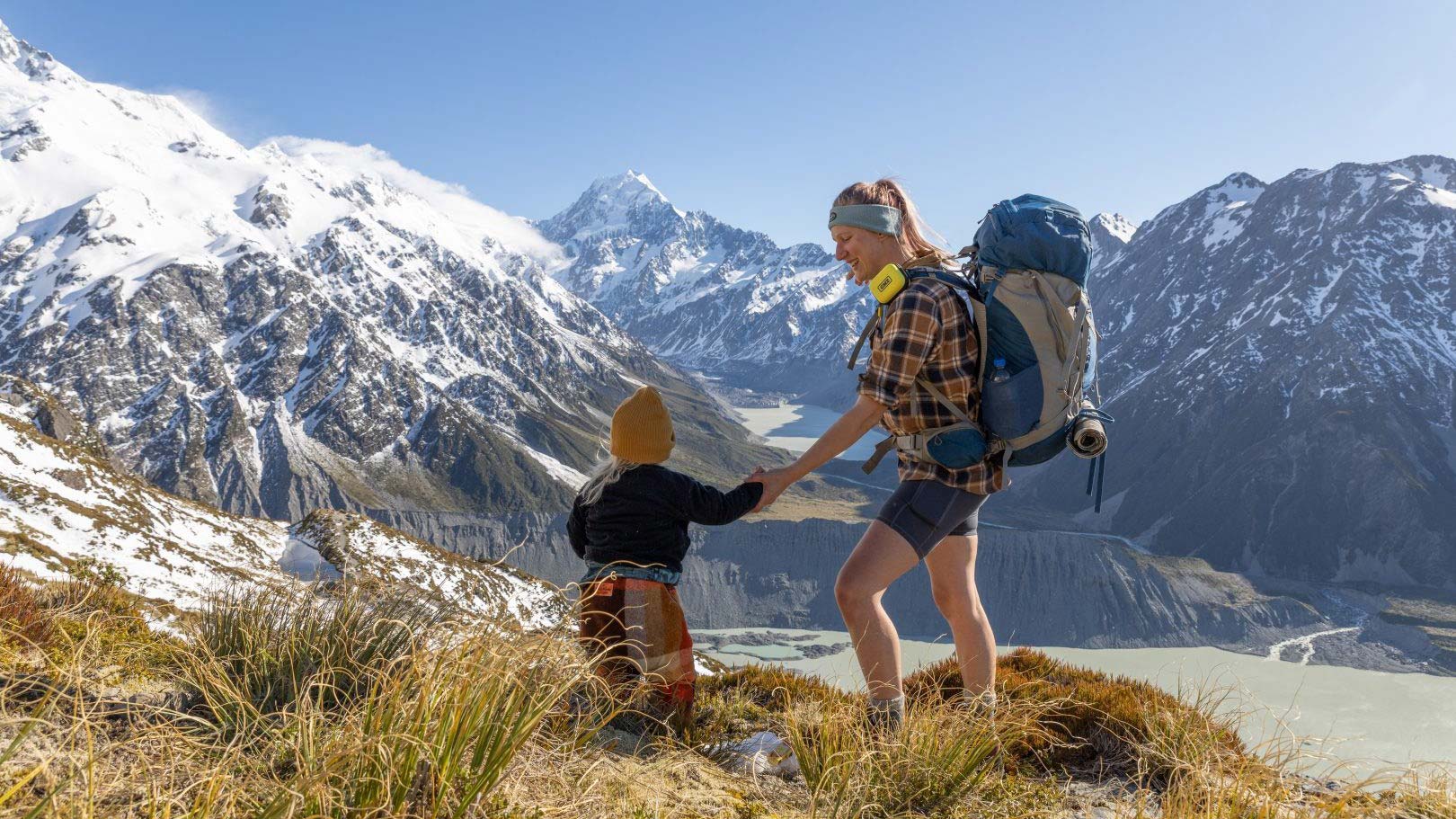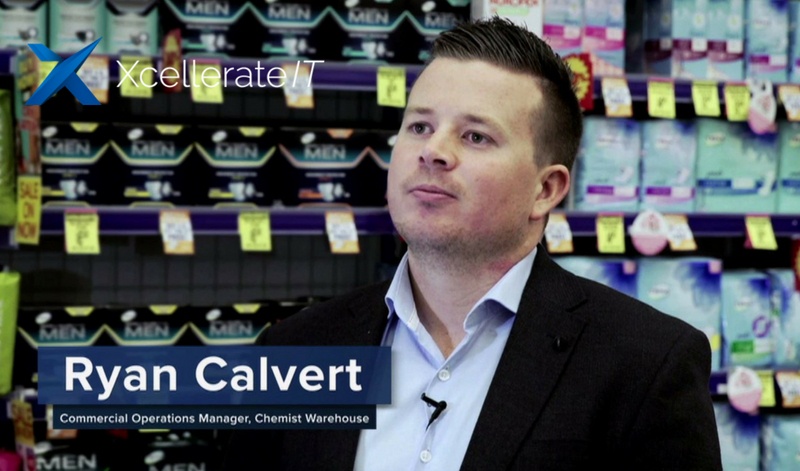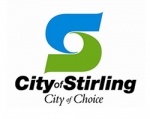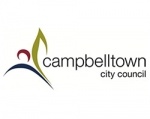
The efficiency of your Accounts Payable (AP) processes can make or break your operations. Imagine two companies with identical invoice volumes but vastly different approaches: one clings to traditional, manual methods, while the other embraces the power of AP automation. This "compare the pair" exploration dives into the nitty-gritty of their processes, shedding light on the stark contrasts in efficiency, accuracy, cost, security and even fraud detection. Through detailed scenarios and examples, we'll uncover how AP automation can transform mundane tasks into a streamlined, strategic advantage, highlighting why it might be time for your business to make the switch.
Company Profiles
Company A (Manual):
- Description: A mid-sized manufacturing company that processes about 1,000 invoices per month. Company A has been around for decades and sticks to its traditional approach.
- AP Process: Traditional steps including physical invoice receipt, data entry, approval routing via email or paper, and manual payment processing. Employees handle stacks of paper, chase approvals and double-check entries.
Company B (Automated):
- Description: A similarly sized manufacturing company, also processing 1,000 invoices per month. Company B invested in AP automation software.
- AP Process: Automated, using software for invoice receipt, data capture, approval workflows and payment processing. The finance team spends more time on analysis and less on repetitive tasks.
Comparative Analysis
1. Invoice Processing Time
Company A (Manual):
- Process: On a typical Monday, invoices have piled up over the weekend. Jane from the AP team starts her day sorting through the stack, manually entering data into the system, and emailing invoices for approval. She waits for responses from busy managers, and the whole process takes 10-15 days per invoice.
- Challenges: Time-consuming data entry, approval delays and potential for lost invoices.
- Example: Jane receives an invoice on Monday. It takes her 2 hours to enter the data and send it for approval. The manager, swamped with meetings, doesn’t approve it until the following Monday. By the time it’s processed, the supplier is already following up for payment.
Company B (Automated):
- Process: Invoices arrive electronically and are automatically captured by the AP software. The system routes invoices for approval and managers can approve them quickly, even remotely. The entire process takes 2-3 days per invoice.
- Efficiency: Automation reduces delays and ensures timely payments.
- Example: An invoice arrives on Monday, is captured automatically and sent for approval. The manager approves it via their mobile device within hours and it’s ready for payment by Wednesday.
2. Error Rates
Company A (Manual):
- Process: John, another AP team member, double-checks invoices. Manual data entry is prone to errors like missed zeros or duplicate entries. The error rate is around 3-5%.
- Impact: Errors lead to incorrect payments, vendor dissatisfaction and additional time spent fixing mistakes.
- Example: John accidentally enters an invoice amount as $10,000 instead of $1,000. This mistake isn’t caught until the supplier receives the overpayment, resulting in an awkward conversation and time-consuming correction.
Company B (Automated):
- Process: The automated system uses OCR to capture invoice data accurately, flags duplicates and performs data validation checks. The error rate is less than 1%.
- Benefits: Fewer errors mean fewer payment issues and improved vendor relations.
- Example: The OCR system detects a duplicate invoice submission, flags it for review and prevents an overpayment, saving the company from financial loss and potential vendor disputes.
3. Cost Efficiency
Company A (Manual):
- Costs: Manual processing involves significant labour. Jane and John spend much of their day on repetitive tasks. Costs include paper, printing and physical storage, totaling about $15 per invoice.
- Overall Cost: High labour and material costs affect the company’s bottom line.
- Example: Monthly, Company A spends approximately $15,000 on invoice processing. This includes employee salaries, paper, printing supplies and storage costs.
Company B (Automated):
- Costs: The AP team spends less time on manual tasks. Electronic invoices reduce paper and printing costs, and digital storage is cheaper. Processing costs are around $5 per invoice.
- Savings: Reduced processing costs free up resources for other initiatives.
- Example: Monthly, Company B spends $5,000 on invoice processing. The $10,000 saved is redirected towards strategic projects, like new product development or employee training.
4. Compliance and Security
Company A (Manual):
- Challenges: Keeping track of paper invoices and ensuring regulatory compliance is tough. Security is also a concern, as sensitive data on paper can be lost or accessed by unauthorised individuals.
- Risks: Higher risk of non-compliance and data breaches due to physical handling and unsecured storage.
- Example: Paper invoices are stored in filing cabinets, which could be accessed by unauthorised personnel, leading to potential data breaches and compliance issues.
Company B (Automated):
- Process: The automated system ensures compliance with regulations and digital records are easily accessible for audits. Security features like encryption and access controls protect sensitive data.
- Advantages: Consistent compliance and improved security reduce risks.
- Example: Digital invoices are encrypted and stored in a secure cloud environment with restricted access, ensuring data protection and regulatory compliance.
5. Fraud Detection
Company A (Manual):
- Challenges: Identifying and preventing fraud in a manual system is challenging. With paper invoices and manual checks, it’s easier for fraudulent activities to slip through the cracks.
- Traditional Fraud Scenario: An unauthorised person submits a fraudulent invoice for $5,000. Jane, overwhelmed with paperwork, doesn’t notice the red flags. The payment is processed and the company loses $5,000 before realising the fraud.
- Impact: The company not only loses money but also faces potential legal issues and reputational damage.
- BEC Fraud Scenario: A cybercriminal impersonates a vendor and emails John, requesting a change in bank account details. Without a robust verification process, John updates the details and the next payment goes to the fraudster’s account, resulting in significant financial loss.
Company B (Automated):
- Process: The automated system uses AI to detect anomalies and flag suspicious invoices. Robust verification processes prevent unauthorised changes in vendor details.
- Traditional Fraud Detection: The system identifies unusual patterns and alerts the AP team before processing. The fraudulent $5,000 invoice is flagged, reviewed and rejected, preventing financial loss.
- BEC Fraud Prevention: The system includes multi-factor authentication and vendor verification protocols. When a bank account change request is made, it triggers an alert and requires additional verification, preventing unauthorised changes.
- Example: The system flags the suspicious email requesting a bank account change. The AP team verifies the request with the vendor through a secure communication channel, preventing the fraud attempt.
6. Vendor Relationships
Company A (Manual):
- Issues: Late payments and miscommunications lead to strained vendor relationships. Vendors often call to inquire about overdue invoices, causing frustration on both sides.
- Consequences: Strained relationships can disrupt supply chains and lead to unfavourable terms.
- Example: A key supplier is unhappy with repeated late payments and starts considering other clients. This affects the company’s supply chain stability and negotiating power.
Company B (Automated):
- Benefits: Timely payments are standard. The automated system ensures quick invoice processing, and clear communication improves trust and collaboration.
- Impact: Stronger vendor relationships and smoother operations.
- Example: Vendors of Company B receive timely payments consistently. This fosters goodwill, resulting in better terms and priority service, which positively impacts the company's operations.
7. Employee Productivity
Company A (Manual):
- Productivity: Jane and John spend most of their day on mundane tasks. They’re overworked and morale is low, with little time for strategic thinking or professional development.
- Downside: Repetitive tasks lead to burnout and lower job satisfaction.
- Example: Jane and John are often stressed, with little time for professional growth. Their focus on manual tasks limits their potential contributions to higher-value activities.
Company B (Automated):
- Productivity: The AP team focuses on meaningful work. They analyse spending patterns, negotiate better terms with vendors and contribute to strategic decisions. Employee satisfaction is higher and turnover is lower.
- Upside: Enhanced productivity and morale create a more dynamic workforce.
- Example: With automation handling routine tasks, Jane and John focus on analysis and improvement projects. Their contributions are recognised, leading to higher job satisfaction and retention.
Case Study Example
Imagine Company A decided to switch to automation, becoming Company B. Post-automation, they observed the following benefits:
- Processing Time Reduced: From 15 days to 3 days.
- Cost Savings: $10 saved per invoice, amounting to $10,000 monthly.
- Error Reduction: Error rates dropped from 5% to less than 1%.
- Employee Satisfaction: Higher, with reduced burnout and increased job satisfaction.
- Fraud Prevention: The automated system detected and prevented a fraudulent invoice, saving $5,000.
Conclusion
So, what did we learn from our "compare the pair" exercise? AP automation isn't just a trend; it’s a game-changer. From reducing processing times and costs to boosting accuracy and improving employee morale, the benefits are clear. It also significantly enhances compliance, security and fraud prevention.
If you're still using manual processes, it might be time to consider upgrading to AP automation. Your finance team (and your bottom line) will thank you!
WANT TO LEARN MORE?
LET'S START THE CONVERSATION
Are you ready to discuss your needs and help your business? Contact us and one of our friendly team members will be in touch. We look forward to hearing from you.
FOLLOW US ON SOCIAL MEDIA
About Xcellerate IT
With over 25 years of knowledge and experience in Business Process Automation, Xcellerate IT is a leading Australian provider of powerful digital transformation software, providing innovative solutions to transform and automate information intensive business workflow and robotic processes, across both back and front office operations.
We are proud to have completed projects for over 100 Australian customers. These projects have assisted our customers to embrace the future by offering compliant, transparent and structured processes that meet their individual needs. Xcellerate IT's solutions have powered corporations across various industries including manufacturing, finance, local and state government, education, healthcare and a wide range of companies.
For more information please browse our website or contact us for further information.
Phone: +61 2 8228 6600
Email: info@xcellerateit.com
Address:
Level 2
73 Walker Street
North Sydney NSW 2060
AUSTRALIA
























